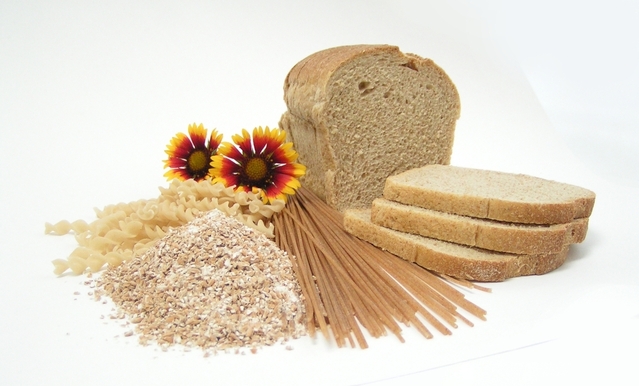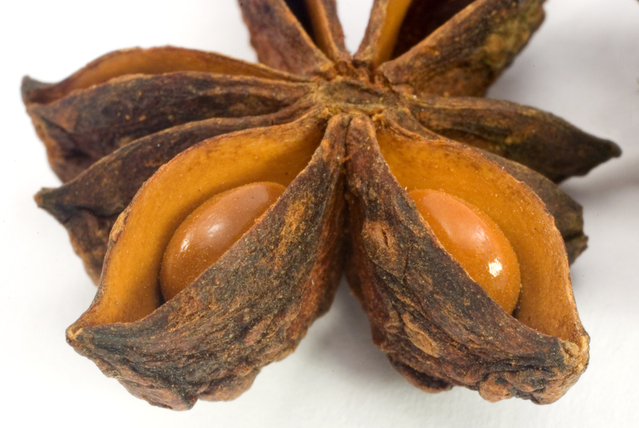Hey there! I hope you enjoyed last week’s post on 10 edible berries. This week we will go over 9 more Alaskan berries. Now, this is not the extent of all of the berries that grow in Alaska. There are a few more, but I don’t have pictures of them 😉 Shall we get straight to it, then?
The above is an affiliate link. Alaska Herbal Solutions may get a small amount of money by using the link above at no additional cost to you.

Kinnikinnik berries – Arctostaphylos uva-ursi – is also known as Bear Berry (the common berry is Arctostaphylos uva-ursi, this is what is pictured, which means grape of the bear.)
Food uses: The berries are not particularly tasty, although they are more palatable if they are cooked.
Medicinal uses: The berries and leaves can be made into a tea to help with urinary tract infections. Overall, it is good for urinary tract health. A mouthwash can be made for mouth infections.
Cautions: Pregnant women should not take Kinnikinnik tea, or over eat the berries as it is a vasorconstrictor (it closes up the blood vessels) and may decrease the circulation of blood to the fetus. Drinking the tea of the uva-ursi version of Kinnikinnik tea can turn the urine bright green, but it is a harmless reaction.

Watermelon berries – Streptopus amplexifolius –
Food use: This little berry is a great trail snack. It is a little on the bland side, but helps quench your thirst. However, it is reported that if you eat too many it might have a laxative effect, so proceed with caution.The spring shoots have a cucumber like taste and can be added to salads or added to soups.
There are no known medicinal uses.
Caution: Make sure of positive identification for the spring shoots as the can look similar to false hellebore.

Service Berries – Amelanchier alnifolia, A. florida – Also known as Saskatoon Berry.
Food uses: When eating raw, you’ll want to make sure you chew these berries well to make sure you’re able to digest the abundance of seeds in them. Service berries are excellent for pies and can help puddings with the gelatinlike consistency when cooked and ground. They can be canned or frozen, but do not have enough of their own pectin to make jam or jelly, so mix with bunchberries if you don’t want to buy pectin. Dried service berries can be added to pemmican, which is an excellent survival food, except for the lack of vitamin C.
Medicinal uses: The boiled inner bark is supposed to be helpful for snowblindness.

Strawberry Spinach – Chenpodium capitatum – Also known as Strawberry Blite
Food uses: You can make the berries into a strawberry tasting jelly. Bonus: They can also be used as a red dye. The leaves can be used in any way that spinach can be: fresh, steamed, casseroles and the like.
Medicinal use: A decoction of the whole plant can be used for mouth and throat ulcers. The decoct can also be used as a wash/compress for hemorrhoids.
Cautions: It is best to cook the leaves, like swiss chard and potatoes, because they contain oxylates. Cooking, or freezing, helps to break the oxylates down.

Rose Hips – Rosa acicularis – Rose hips are a wonderful source of vitamin C, but are generally not palatable until after the first frost. This also goes for lingonberries (lowbush cranberries), and high bush cranberries. The freezing process does something to bring out the sugars. Next year if you do not want to wait to harvest until after the first frost, gather the rose hips and put them in your freezer for a night. They can be kept frozen if you want to use in jellies later. For teas, I prefer the dried rose hip.
Food uses: jellies and jams, mead and the like.
Medicinal uses: Colds, rheumatoid arthritis, painful menstruation, diarrhea, fevers, infections among other things.
Cautions: Too much vitamin C can hurt your liver. Rugosin E, found in Rose hips can cause blood clotting issues. It can also increase iron absorption, so if you have anemia or other iron related conditions, use caution when taking rose hips. There are several other cautions as well as interactions with drugs. For more information, please go here.

Timber Berries- Geocaulon lividum – Also known as pumpkin berries due to the color. I don’t have a lot to go on, most of what I could find was on the internet.
Food use: The orange berries are edible. To me, they taste like peas. Some people may find the seed is not to their liking.
Medicinal use: The natives would swallow a few berries to help with chest congestion. A spit poultice is supposed to be able to be made and used on wounds.

Currants – Ribes triste – Beware as there is a species R. bracteosum and R. glandulosum that are common named stink currant and skunk currant respectively.
Food use: red and regular black currants can be eaten raw. A tasty jelly can be made to add as relishes for meat dishes.
Medical use: If you have a copper deficiency, currants are the thing to eat. Additionally it helps stimulate appetite so can help if you’re getting over a bad cold. A syrup made of the berries can help with coughs due to colds.

Salmonberries – Rubus spectabilis, There are several other Rubus species on these two lists. Salmonberry can also be applied to cloudberries.
Food use: All of the usual things you do with raspberries.
Cautions: use only fresh or COMPLETELY dry leaves for tea. Partially wilted leaves are slightly toxic.

Mountain Ash – Sorbus sitchensis, S. aucuparia –
Food use: The berries are sweetened after frozen. So you can wait until after the first frost or you can pick them when they are red and put them in the freezer! In Europe, they are often blended with other fruits like apples to make jellies or preserves. You can also roast them and use them as a coffee substitute.
Medicinal use: The juice is useful for sore throats, as an antiseptic wash and diluted it is helpful for stomach or intestine problems. A decoct of the bark is also good for making sure wounds are disinfected.
Caution: An excess of the fresh fruits may cause diarrhea. Because of the high amount of tannins, Mountain Ash berries should be consumed in moderation.
Thank you so much for reading! I hope that you found some useful information to use for your berry harvest this year!
Related Articles
10 Alaskan Berries
Plants to avoid during pregnancy
Alaskan plants to use during pregnancy
Coffee substitutes
Coffee is not a bad thing!




